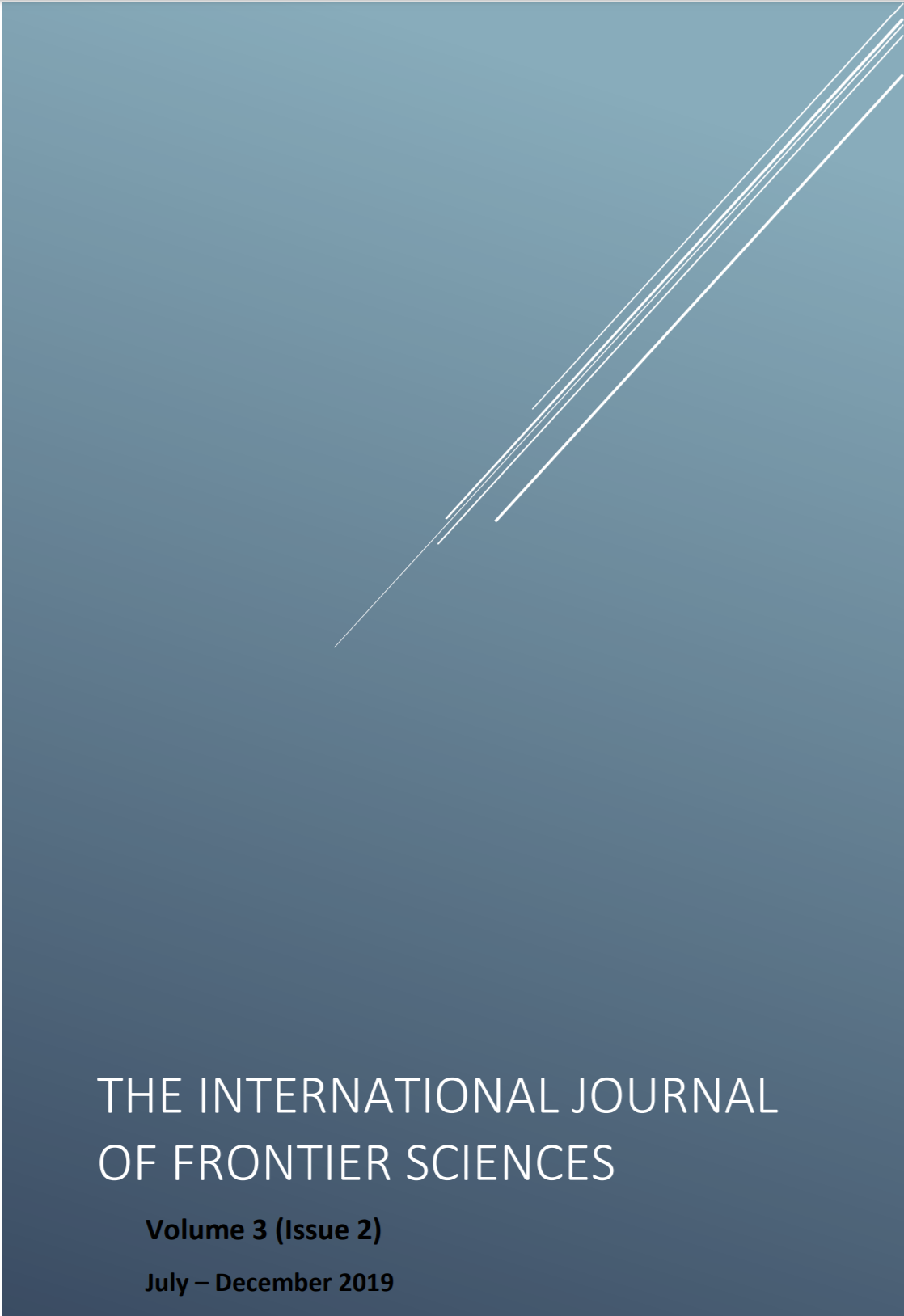Eye Makeup Use, Adoption of Makeup Safety Guidelines among Women and Its Association with Ocular Surface Disease Index (OSDI): Analytical Cross-Sectional Study
DOI:
https://doi.org/10.37978/tijfs.v3i2.51Keywords:
OSDI, Ocular Surface Disease Index, Dry Eye Syndrome, Ocular Surface Disease Index (OSDI), Dry Eye Syndrome (DES)Abstract
Objectives: To assess the frequency of eye makeup use among female doctors and its association with ocular surface disease Index (OSDI).
Study Design: Analytical Cross-Sectional Study
Place and Duration of Study: It was conducted from Jan 2018 to May 2018 at a tertiary care hospital Rawalpindi.
Materials and Methods: Sample size calculated using WHO sample size calculator was 272 with margin of error 5% and confidence level of 95%. A WHO Standardized OSDI Questionnaire was used to asses for the severity of ocular surface disease and frequency of application of eye makeup. Females were also inquired about adoption of safety guidelines while applying and removing eye makeup. Results were displayed as frequencies and percentages and Chi Square test was applied to assess statistical significance among frequency of makeup use and severity of ocular symptoms.
Results: Frequency of Eye makeup use as stated by the participants was less than three times among 37% and it was more than three times a week among 63% participants. Once a week users were only 24.7%. Among users it was found that majority 49.3% had normal scores while 55(24.2%) had mild disease, 11.5% had moderate disease and only 15% had severe disease. Some questions were added in questionnaire to assess the safety practices regarding eye makeup use. It was quite satisfactory to know that 73.1% of the participants do check expiry date of products before use, don’t share their products with others 62.1% and take off makeup before going to sleep 78.4%. However, the situation was quite opposite in some other practices as only 42.3% do patch test before applying makeup and 34.8% check constituents before purchasing the make up as to some of the constituents they might be sensitive.
Conclusion: This study shows the utilization of eye make-up is extensive and related to the perception of ocular discomfort. With such widespread use of these products, more research is needed to assess the effect on the ocular surface and tear film, which can be underestimated.
References
Murube J. Ocular cosmetics in ancient times. Ocul Surf. 2013; 11 (1):2–7.
Ng A, Evans K, North R, Purslow C.Eye cosmetic usage and associated ocular comfort. Ophthalmic Ph ysiol Opt. 2012; 32(6):501–507.
Gipson IK. The ocular surface: the challenge to enable and protect vision: the Friedenwald lecture. Investigative ophthalmology & visual science. 2007 Oct 1;48(10):4391-8.
Tran TT, Hitchins AD. Microbial survey of shared- use cosmetic test kits available to the public. Journal of industrial microbiology. 1994 Nov 1;13(6):389-91.
Giacomel CB, Dartora G, Dienfethaeler HS, Haas SE. Investigation on the use of expired make-up and microbiological contamination of mascaras. International journal of cosmetic science. 2013 Aug 1;35(4):375-80.
Sahu MR, Saxena MP, Johnson S, Mathur HB, Agarwal HC. Heavy metals in cosmetics. PML/PR- 45/2014; 2014 Jan.
Okura M, Kawashima M, Katagiri M, Shirasawa T, Tsubota K. New eye cleansing product improves makeup-related ocular problems. Journal of ophthalmology. 2015;2015.
Kelly K. Nichols, OD, MPH, PhD, Ocular Surface Wellness: A New Idea for Eye Care PART 1 Wellness: The Opportunity FAAO 2015).
Miki Uchino Debra A. Schaumberg Dry Eye Disease: Impact on Quality of Life and Vision
Ng AY. The Effects of Eye Cosmetics on the Ocular Surface and Tear Film (Doctoral dissertation, Cardiff University).
Ng A, Evans K, North R, Purslow C. Eye cosmetic usage and associated ocular comfort. Ophthalmic and Physiological Optics. 2012 Nov 1;32(6):501-7.
Ng A1, Evans K, North RV, Purslow C. Migration of Cosmetic Products into the Tear Film. Eye Contact Lens. 2015 Sep;41(5):304-9.
Gao Y1, Kanengiser BE. Categorical evaluation of the ocular irritancy of cosmetic and consumer products by human ocular instillation procedures.J Cosmet Sci. 2004 Jul-Aug;55(4):317-25.
Downloads
Published
Issue
Section
License
Copyright (c) 2019 The International Journal of Frontier Sciences

This work is licensed under a Creative Commons Attribution 4.0 International License.






